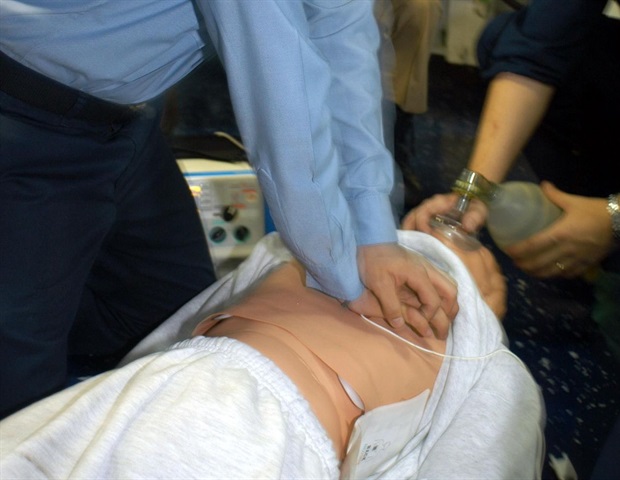Digital pathology is an rising discipline which offers with primarily microscopy pictures which are derived from affected person biopsies. Due to the excessive decision, most of those complete slide pictures (WSI) have a big measurement, sometimes exceeding a gigabyte (Gb). Due to this fact, typical picture evaluation strategies can’t effectively deal with them.
Seeing a necessity, researchers from Boston College College of Medication (BUSM) have developed a novel synthetic intelligence (AI) algorithm primarily based on a framework referred to as illustration studying to categorise lung most cancers subtype primarily based on lung tissue pictures from resected tumors.
We’re growing novel AI-based strategies that may convey effectivity to assessing digital pathology data. Pathology observe is within the midst of a digital revolution. Pc-based strategies are being developed to help the professional pathologist. Additionally, in locations the place there is no such thing as a professional, such strategies and applied sciences can instantly help prognosis.”
Vijaya B. Kolachalama, PhD, FAHA, corresponding writer, assistant professor of drugs and pc science at BUSM
The researchers developed a graph-based imaginative and prescient transformer for digital pathology referred to as Graph Transformer (GTP) that leverages a graph illustration of pathology pictures and the computational effectivity of transformer architectures to carry out evaluation on the entire slide picture.
“Translating the most recent advances in pc science to digital pathology shouldn’t be simple and there’s a must construct AI strategies that may completely sort out the issues in digital pathology”, explains co-corresponding writer Jennifer Beane, PhD, affiliate professor of drugs at BUSM.
Utilizing complete slide pictures and medical data from three publicly out there nationwide cohorts, they then developed a mannequin that would distinguish between lung adenocarcinoma, lung squamous cell carcinoma, and adjoining non-cancerous tissue. Over a collection of research and sensitivity analyses, they confirmed that their GTP framework outperforms present state-of-the-art strategies used for complete slide picture classification.
They consider their machine studying framework has implications past digital pathology. “Researchers who’re within the growth of pc imaginative and prescient approaches for different real-world purposes can even discover our strategy to be helpful,” they added.
These findings seem on-line within the journal IEEE Transactions on Medical Imaging.
Supply:
Boston College College of Medication
Journal reference:
Zheng, Y., et al. (2022) A graph-transformer for complete slide picture classification. IEEE Transactions on Medical Imaging. doi.org/10.1109/TMI.2022.3176598.




